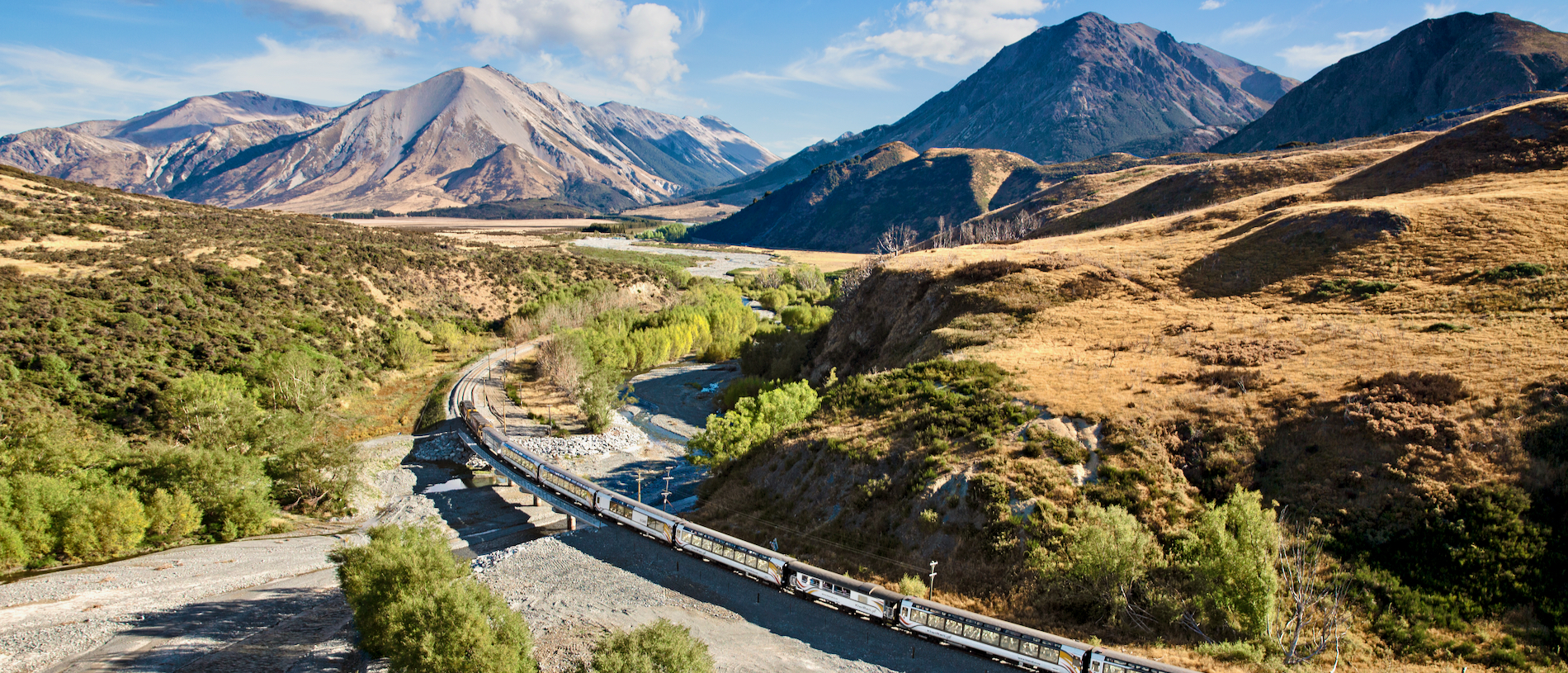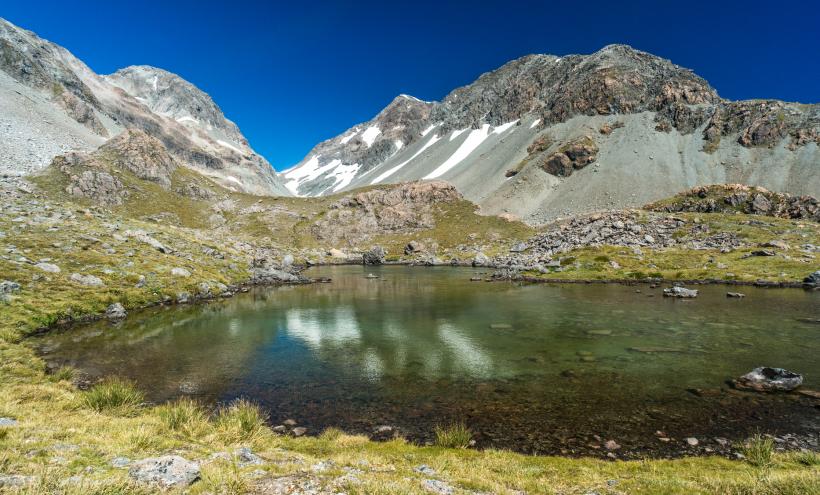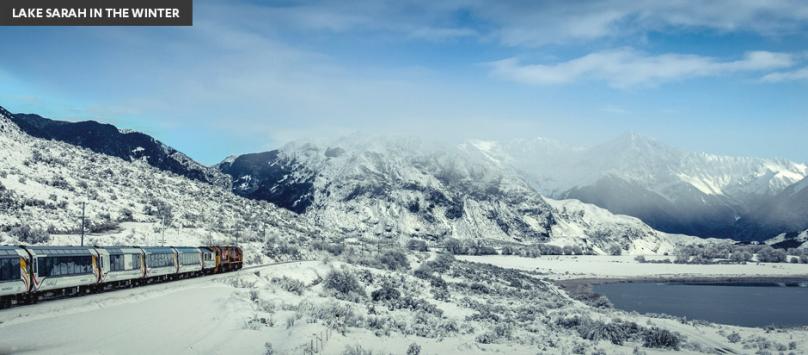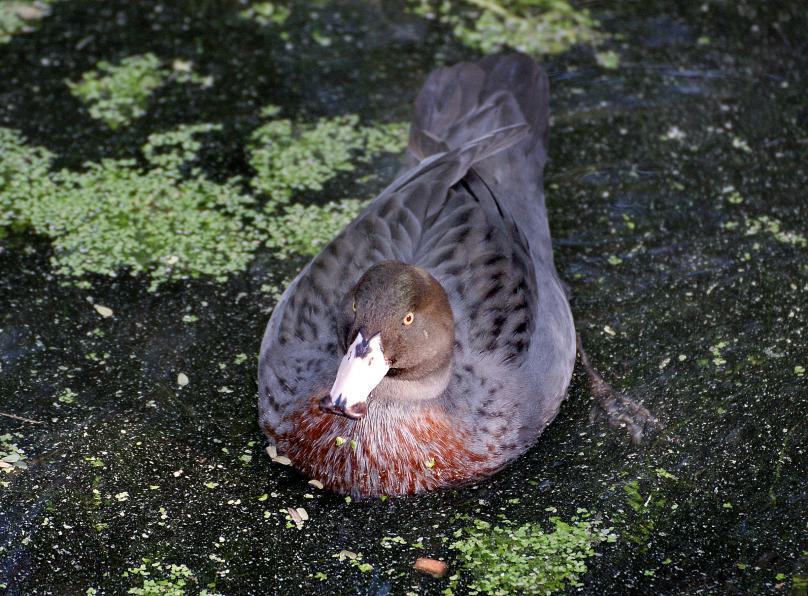
TranzAlpine: one of the best rail journeys in the world
Feast on one breathtaking view after another as you travel from Christchurch to Greymouth.
Arthur’s Pass National Park lies in the heart of the Southern Alps Ka Tiritiri o te Moana. Its high mountains are the ‘backbone’ of the South Island, and the pass is the key link between east and west.
Arthur’s Pass has been called many things: Camping Flat, then Bealey Flats, then Arthurs Pass, before its wayward apostrophe was restored. The township and pass are named for Sir Arthur Dudley Dobson, who was asked to find a pass from Canterbury to the West Coast in the 1860s, as pressure increased for a decent passage from established Christchurch to the frontier gold fields. Tarapuhi, a West Coast Māori chief, told Dobson about a path that Māori hunting parties used, which proved difficult to cross on horseback due to the steep drop on the western side.

However, Arthur Dobson’s father, Edward, the provincial engineer, decided that ‘Arthur’s’ pass was the best of a bad lot, and a road was forged through. The Arthur’s Pass township grew up as a construction camp as the road, and then the railway were built. Rail reached the township in 1914, and now the TranzAlpine Express, one of the world’s most scenic train journeys, passes through twice a day.

It doesn’t matter which direction you travel, the TranzAlpine gives its passengers a front row seat in a kind of scenic slideshow. From the Canterbury Plains, the route ascends through tussock and beech forest to the pass itself. Along the way, the Alps are sliced up by great river valleys, complete with great rivers, including the mighty braided Waimakariri.
After all, not only is the TranzAlpine Railway one of the prettiest rail journeys in the world, it’s also one of the very few passenger rail experiences we Kiwis have left.
There is a striking difference between the habitats on either side of the main divide. Mountain beech/tawhai dominates eastern slopes, while to the west is mixed podocarp rainforest and red-flowering rātā, with a luxuriant understorey of shrubs, ferns and mosses. Above the bushline, snow tussock and alpine meadows can be seen quite easily on a short walk off the road, at the summit of Arthur’s Pass.
Since becoming a national park in 1929, Arthur’s Pass has gained a worldwide reputation for alpine recreation, as well as for its stunning natural history. There are five skifields all within an hour’s drive from the village, with the Temple Basin Ski Area located on the slopes of Mount Temple above Arthur’s Pass village. The park is also paradise for experienced mountain climbers, with challenges for ice- and rock-climbers.
The park is open for recreational hunting of large game year-round. Pigs, red deer and chamois are present in low to moderate numbers. There’s also good mountain biking on an old 4WD trail in the Poulter Valley – one of only a few approved tracks in national parks where mountain biking is permitted. The trip offers bikers great scenery, some challenges and two good huts for an overnight stay.
But it’s the birdlife which attracts many visitors. The popular kea are regularly seen within Arthur’s Pass village, often at dusk.

Kea are extraordinarily intelligent, inquisitive, and resourceful – qualities that both delight and exasperate human visitors.
Scotts Track to Avalanche Peak is a prime site for finding kea in their natural environment, especially around the tree-line. Young kea, identified by a yellow ring around eyes and nostrils, often gather at the viaduct lookout (Deaths Corner).
You may also spot the rare blue duck/whio in the Ōtira Gorge; great spotted kiwi/roroa, or at least hear the male’s high-pitched whistle; rock wren/pīwauwau, who usually travel in pairs; wrybill/ngutuparore, the only bird in the world with a bent beak, evolved for hunting insects under braided-river rocks; the New Zealand falcon/kārearea, wood pigeon/kerurū, and the South Island kākā – similar to the kea but brown with a pale head, and more aloof.

To get amongst the alpine environment, the Bridal Veil Track, Historic Village Walk, Devil’s Punchbowl Falls and the Dobson Nature Walk are a few of the great short walks available. Full day walks include Cons Track, Avalanche Peak, Mount Aicken and Mount Bealey.